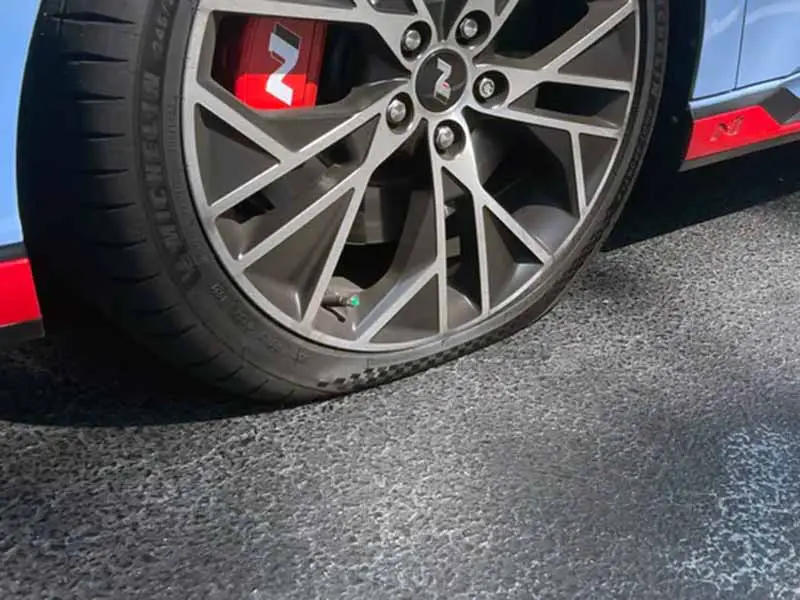Imagine you’re heading out for an important meeting or a much-needed vacation, and you discover your tires have been slashed. The sinking feeling is immediate, and questions flood your mind. What do you do now? How do you handle this?
Tires Slashed?
If your tires have been slashed, immediately prioritize your safety by moving to a secure location if possible. Then, call the police to file a report, document the incident for evidence, and contact your insurance company for the next steps.
In this article, we’ll guide you through the essential steps to take if your tires have been slashed, from identifying the damage to filing insurance claims. We’ll also delve into how to prevent future incidents.
Let’s take a closer look.
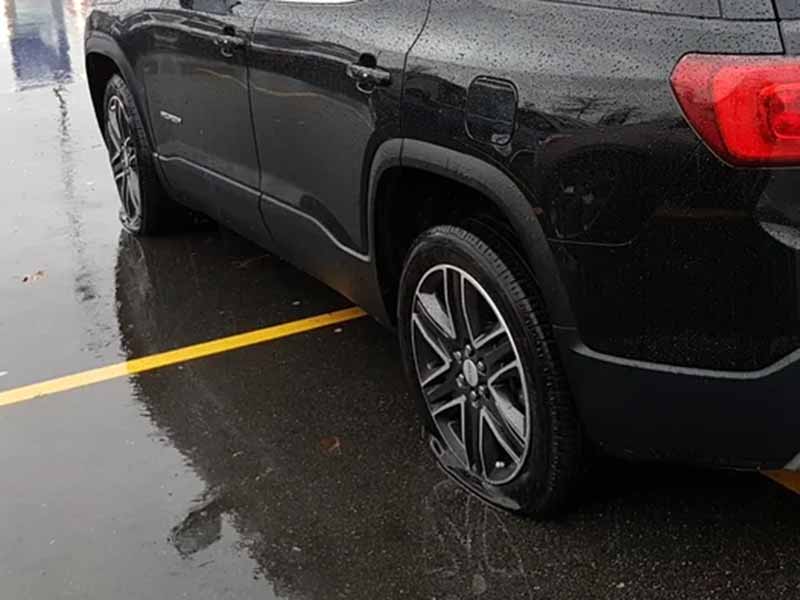
Should You Call the Police?
If you discover that your tire has been slashed, contacting the police is not just an option—it’s a necessity. Here’s why:
- Legal Documentation: A police report serves as an official record of the incident, which is crucial for insurance claims.
- Investigation: The police can investigate the incident, potentially identifying the perpetrator.
- Community Safety: Reporting such incidents helps the police track patterns of vandalism or crime in your area.
When to Call the Police
- Immediate Discovery: If you discover the slashed tire(s) and are still at the scene, call the police immediately.
- Delayed Discovery: If you find out later, it’s still important to report it as soon as possible.
What to Expect When You Call
When you contact the police, here’s what you can generally expect:
- Arrival and Inspection: An officer will come to the location to inspect the damage and gather information.
- Filing a Report: You’ll need to provide details like your identification, vehicle information, and any potential witnesses or security footage.
- Instructions: The police will guide you on the next steps, which may include contacting your insurance company and gathering more evidence.
What Information to Provide
Be prepared to give the following information:
- Personal Details: Your name, contact information, and identification.
- Vehicle Information: Make, model, and license plate of the vehicle.
- Scene Details: Time and location of the discovery, and the number of tires slashed.
- Additional Information: Any witnesses, security cameras, or other details that could help in the investigation.
Will the Police Investigate?
- Depends on Severity and Patterns: While a single incident may not trigger a full-blown investigation, multiple reports could lead to more serious action.
- Evidence Gathering: If available, security footage or witness accounts can aid in the investigation.
What Happens After Reporting
- Police Report: You’ll receive a copy of the police report, which you should keep for your records.
- Insurance Claim: This report will be necessary when you file an insurance claim.
- Updates: Depending on the severity and evidence, the police may update you on the status of the investigation.
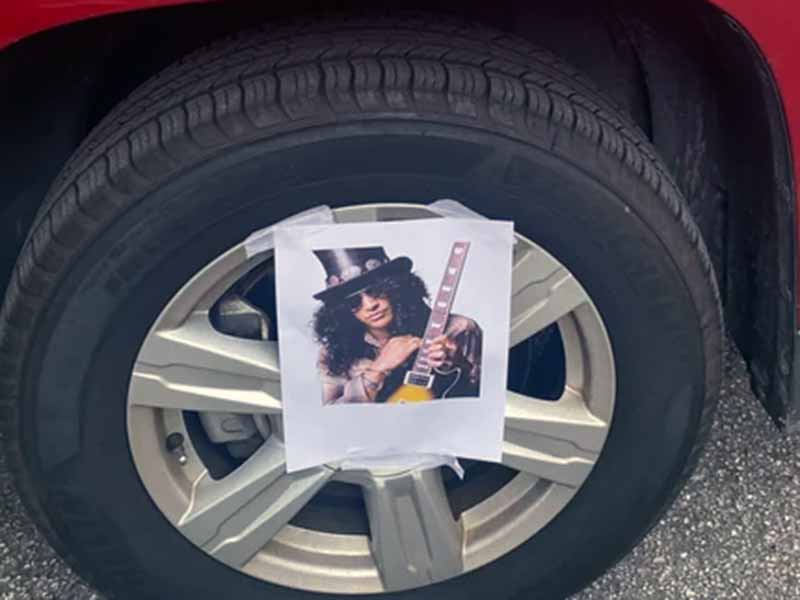
Does Insurance Cover Slashed Tires?
Not all insurance policies cover slashing tires. Basic car insurance collision coverage likely won’t but more comprehensive plans will.
After discovering your slashed tire and filing a police report, the next critical step is to contact your insurance company. Here’s why:
- Coverage: Your insurance may cover the cost of repairs or replacement, depending on your policy.
- Documentation: The insurance company will help you document the incident, which is essential for your claim.
- Guidance: Insurance agents can guide you through the complex process of filing a claim and getting repairs done.
When to Contact Insurance
- Immediately After Police Report: As soon as you have filed a police report, contact your insurance company.
- Before Repairs: Never start the repair process without informing your insurance company, as this could affect your claim.
What to Expect When You Call
When you reach out to your insurance company, be prepared for the following:
- Claim Initiation: An agent will initiate a claim and provide you with a claim number.
- Information Gathering: You’ll be asked to provide details about the incident, including the police report and any evidence you’ve gathered.
- Inspection: An insurance adjuster may inspect your vehicle to assess the damage.
Information to Provide
Make sure you have the following information ready:
- Policy Number: Found on your insurance card or billing statements.
- Personal Details: Your name, contact information, and identification.
- Incident Details: Time, location, and extent of the damage, along with the police report number.
- Vehicle Information: Make, model, and license plate number of the vehicle.
How Many Tires Will Insurance Cover?
- Policy Dependent: The number of tires covered will depend on your specific insurance policy.
- Comprehensive Coverage: If you have comprehensive coverage, it’s likely that the cost of replacing slashed tires will be covered, but check the details of your policy to be sure.
Filing the Claim
- Submit Documentation: Send all required documents, including the police report and photos, to your insurance company.
- Follow Up: Keep track of your claim’s status and maintain communication with your insurance agent.
- Payment or Reimbursement: Once the claim is approved, you’ll either be paid directly or be reimbursed after getting the repairs done.
What If You’re Not Covered?
- Out-of-Pocket Costs: If your insurance policy doesn’t cover tire slashing, you’ll have to bear the cost of repairs or replacements yourself.
- Review and Update Policy: Take this opportunity to review your current policy and consider updating it to include comprehensive coverage for future incidents.
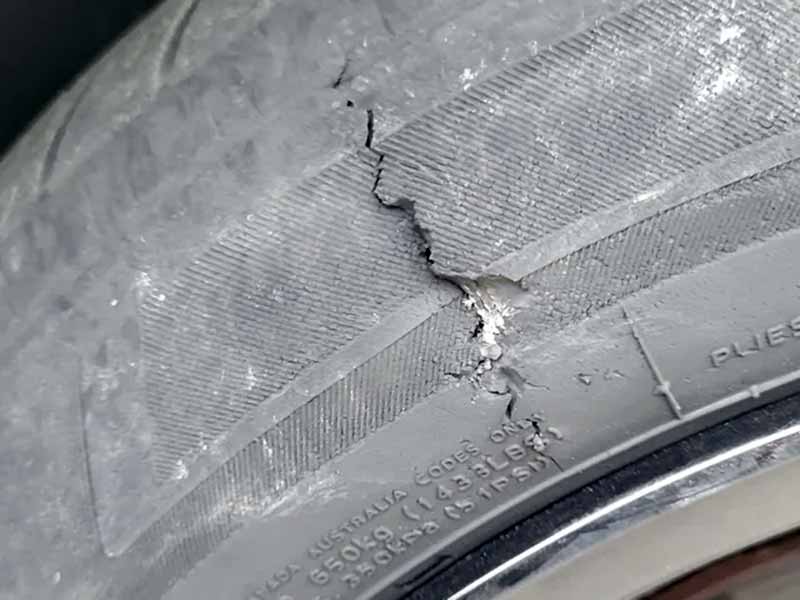
Gathering Evidence
Collecting evidence is a crucial step in both the legal and insurance processes following a tire slashing incident. Proper evidence can:
- Support Your Claim: Solid evidence strengthens your insurance claim and increases the likelihood of approval.
- Aid in Investigation: The more evidence you provide, the easier it is for the police to investigate the incident.
Types of Evidence to Gather
Here are some forms of evidence that can be particularly useful:
- Photographs: Clear pictures of the slashed tires, as well as the surrounding area, can be invaluable.
- Security Footage: If the incident occurred in an area with security cameras, try to obtain the footage.
- Witness Statements: If anyone saw the incident happen, their account could be crucial.
How to Take Effective Photographs
- Multiple Angles: Capture the damage from various angles to provide a comprehensive view.
- Close-Ups and Wide Shots: Take close-up photos to show details of the damage and wide shots to show the overall scene.
- Time Stamp: Ensure your photos are time-stamped, either manually or through your camera settings.
Obtaining Security Footage
- Permission: You may need permission from property owners or authorities to access security footage.
- Timeliness: Act quickly, as some systems overwrite old footage after a certain period.
- Format: Make sure the footage is in a format that can be easily shared with the police and your insurance company.
Witness Statements
- Immediate Interviews: If possible, speak with witnesses as soon as you discover the slashed tires.
- Written Accounts: Ask witnesses to provide written statements, and include their contact information for follow-up.
- Audio/Video Recordings: If witnesses are comfortable, audio or video recordings can also serve as strong evidence.
Documenting for Insurance
- Compile Evidence: Gather all your evidence, including photographs, security footage, and witness statements.
- Organize Information: Keep a record of all related documents, such as the police report and any correspondence with your insurance company.
- Submission: Submit the compiled evidence to your insurance company as part of your claim process.
Legal Considerations
- Privacy: Ensure you’re not infringing on anyone’s privacy while collecting evidence.
- Integrity: Do not alter or manipulate evidence, as this could jeopardize your case.

eufy Security Floodlight Cam
Preventive Measures
Once you’ve dealt with a tire slashing incident, it’s crucial to take steps to prevent future occurrences. Effective preventive measures can:
- Deter Vandals: Make your vehicle a less attractive target for would-be vandals.
- Provide Peace of Mind: Knowing you’ve taken steps to protect your vehicle can reduce stress and anxiety.
- Save Money: Preventing future incidents can save you the cost of repairs and insurance premiums.
Parking Safely
- Well-Lit Areas: Always park in well-lit areas where it’s harder for vandals to operate without being seen.
- Secure Locations: If possible, park in a garage or a gated area that has restricted access.
- Public Eye: Choose parking spots that are visible to the public or security personnel, as this can act as a deterrent.
Security Systems
- Car Alarms: Install a car alarm system that can detect and alert you to any tampering with your vehicle.
- Security Cameras: Consider installing security cameras that focus on where you usually park your vehicle.
- Wheel Locks: These devices make it more difficult for someone to tamper with your tires.
Community Watch
- Neighborhood Watch: Participate in or organize a neighborhood watch program to keep an eye on all vehicles in the area.
- Communication: Keep open lines of communication with your neighbors. Inform them if you’ve been a victim and encourage them to report suspicious activities.
- Local Authorities: Work with local law enforcement to report and monitor recurring incidents in your area.
Insurance Review
- Comprehensive Coverage: If your current policy doesn’t cover vandalism, consider upgrading to a comprehensive plan.
- Policy Details: Make sure you understand all the details of your policy, including what is covered and what your responsibilities are in the event of an incident.
- Discounts: Some insurance companies offer discounts for vehicles equipped with anti-theft or security systems.
Legal Measures
- Restraining Orders: If you suspect who might be behind the vandalism and have evidence, you may be able to get a restraining order.
- Legal Advice: Consult with a legal advisor to explore your options for pursuing a case against the perpetrator.
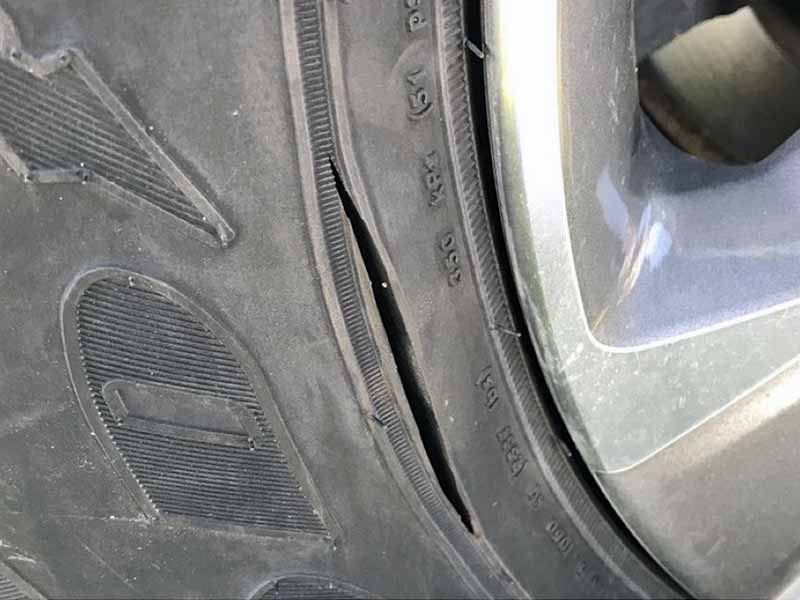
How to Identify a Slashed Tire
One of the first things you’ll notice if your tire has been slashed is the visual appearance. A slashed tire will often have:
- A visible cut or tear on the rubber surface
- A deflated or flat appearance
- Possible damage to the wheel rim, depending on the severity of the slash
Texture and Material
Tires are made of a complex blend of rubber, fabric, and steel. A slashed tire will often show:
- Frayed fabric or steel wires protruding from the cut
- A rough, uneven texture around the damaged area
Location of Damage
The location of the damage can also be a giveaway. In a slashed tire, the cut is usually:
- On the sidewall or the tread of the tire
- More linear or deliberate-looking, as opposed to a random tear you might get from running over debris
Comparing with a Blowout
It’s important to distinguish a slashed tire from a blowout, as the two can sometimes look similar but have different causes and solutions.
Signs of a Blowout
- A blowout usually results in a large, gaping hole, often on the tread.
- The damage appears more random and less “clean” than a slash.
- A blowout is often accompanied by other signs of wear and tear, like bald spots on the tire.
Signs of a Slashed Tire
- A slashed tire usually has a cleaner, more deliberate cut.
- The damage is often limited to one area and doesn’t show signs of general wear and tear.
Sound and Air Pressure
If you’re near your vehicle when the tire is slashed, you might hear:
- A loud “pop” or “hiss” as the air escapes
- A rapid deflation sound, different from the slower deflation of a naturally leaking tire
Safety First
If you suspect your tire has been slashed:
- Do not drive on the damaged tire; it’s unsafe and could damage your vehicle further.
- Move your vehicle to a safe location if possible, or set up safety cones or flares to alert other drivers.
Resources
Below are some links you may find helpful when learning about tires
- How to tell if your tire was slashed – GetJerry.com
- Does car insurance cover tire damage? – Progressive
Final Thoughts
Dealing with slashed tires is undoubtedly stressful, but knowing the right steps to take can make the process more manageable. From identifying a slashed tire to gathering evidence and navigating the complexities of insurance claims, being prepared is key.
Prevention is just as important as reaction. By taking preventive measures like installing security systems and choosing safe parking locations, you can protect yourself from future incidents and drive with peace of mind.
Good luck and happy motoring.
